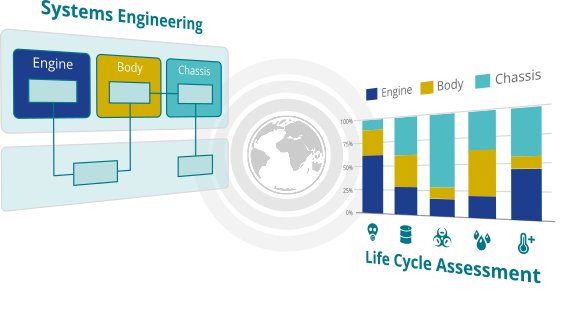
With Ecodesign for Capella, enter the life expectancy of components, materials utilized, consumptions, and emissions, .... and automatically initialize a third-party life cycle inventory in a Life Cycle Assessment tool.
The Capella models are the reference specifications of your systems. Enrich them with life cycle data, and make these models the basis of your sustainability engineering.
Avoid the time-consuming and tedious task of entering an inventory model in your LCA tool. Initialize it automatically from the data entered in Capella!
Thanks to faster and more frequent LCA evaluations, you can make insightful architectural decisions to reduce the environmental impacts of your systems.
Life Cycle Assessment (LCA) is a widely recognized methodology that is normalized by several standards (ISO 14040 and ISO 14044) that “studies the environmental aspects and potential impacts throughout a product's life cycle (i.e., cradle-to-grave) from raw materials acquisition through production, use and disposal. The general categories of environmental impacts needing consideration include resource use, human health, and ecological consequences.”
An LCA study is composed of four main phases :
Different software tools, like SimaPro and OpenLCA, exist on the market to compute environmental impacts with this approach. These tools work with LCA databases, like EcoInvent, that define life cycle inventory data for raw materials or products.
Complex systems are characterized by a great number (several hundred or thousands) of various components that are interconnected, generating emergent properties.
Carrying out an LCA for a complex system is a complex task itself, for several reasons :
In an MBSE approach, the model describes the system and its components, across the whole spectrum from a business needs perspective, to the physical implementation, including the logical decomposition of the system. This information is available in a coherent, integrated, and computational format.
Considering this model as a reference to automatically generate a Life Cycle Inventory enables an iterative and pragmatic approach, starting from a coarse-grain analysis, and then focusing on the components that have the worst impacts.
Unlike the approach based on MBSE and LCA processes conducted separately by different teams and different tools,
Ecodesign for Capella allows close collaboration between the two disciplines.
Together they can make impactful design choices from the beginning, by conducting reliable life cycle analyses, faster and more frequently.
Ecodesign for Capella also makes it possible to transform an existing system in order to make it more sustainable
and environmentally responsible, while controlling the impacts of such a change on your architecture.
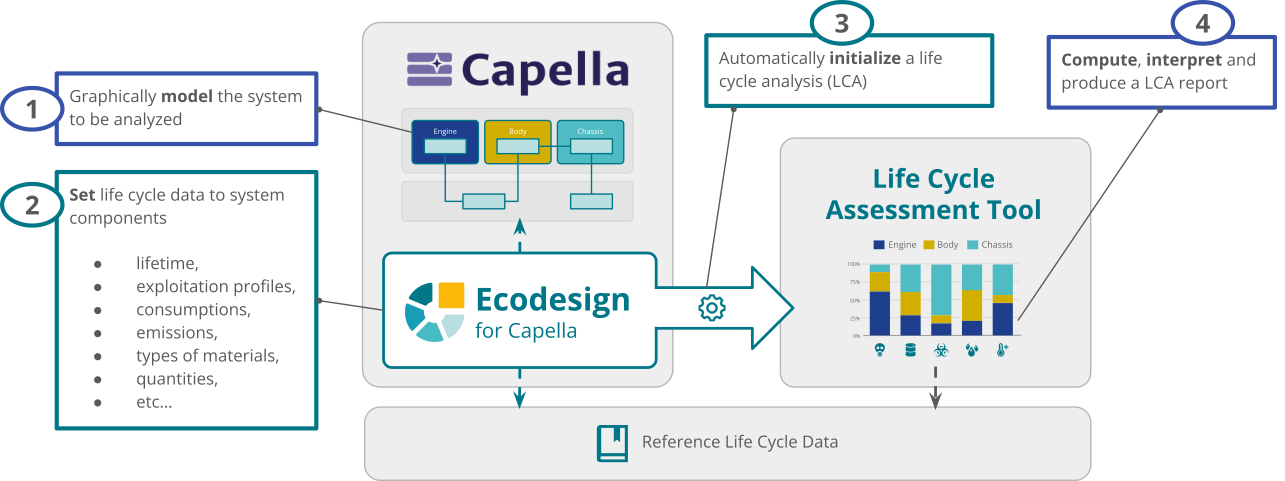
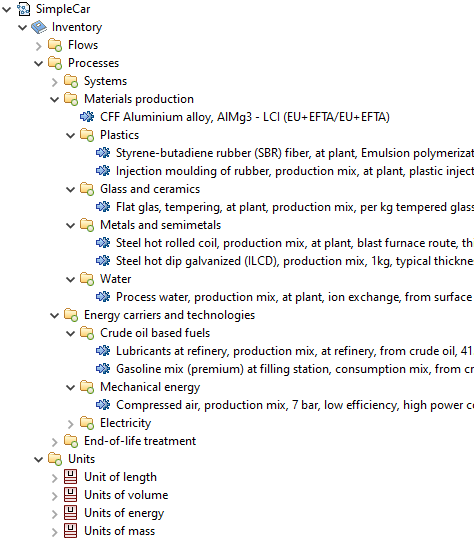
Connect Capella with standard repositories that contain LCA data.
It allows you to import flows and processes used in your system’s life cycle:
By using this standard data, your system elements can be associated with the same environmental data that will be used later in the LCA tool, when you will compute the environmental impacts of your system.
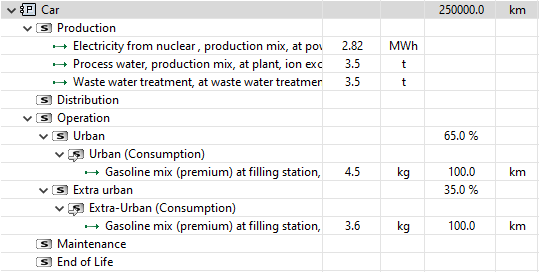
The LCA data imported in Capella can be attached to any component of your system.
When you attach the LCA data to an element, you can specify how this data is used: in which state and phase of the life cycle, in what quantity, and for how long.
From this data, the add-on automatically computes the corresponding total quantity for each parent element’s life cycle.
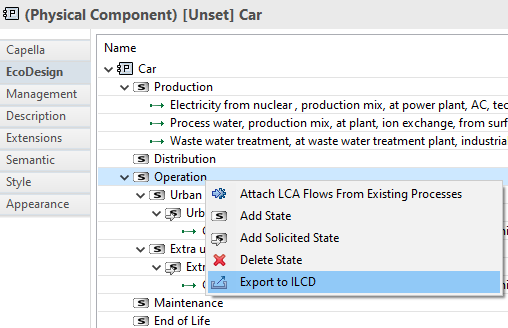
The structure of your system and its corresponding LCA data can be exported automatically to an LCA tool.
The export can be complete or partial, depending on your focus and the phase of your project:
The exported data is structured according to best practices that facilitate their manipulation and edition in your LCA tool.
Ecodesign for Capella has been largely developed during Ecoplex, a collaborative project led by Obeo in partnership with Capgemini Engineering, Manta Innovation, Stirling Design International, Efinor Sea Cleaner, and the Laboratory of Digital Sciences of Nantes (LS2N). The project was carried out with the support of EMC2, BPI France, and the Bretagne and Pays de la Loire regions.
The objective of Ecoplex was to provide a methodological approach and a software solution to concile Systems Engineering with Life Cycle Assessment in the Naval domain, while also being applicable to other industrial sectors (automotive, aeronautics, energy, health, etc.).
The industrial partners of the project brought two concrete case studies on which the solution has been experimented in order to compute life cycle analyses for studying alternatives that could improve their environmental impacts.
In each case, two life cycle assessments have been conducted: one from an inventory automatically generated from Ecodesign for Capella and imported into OpenLCA, and another one from an inventory entered manually directly in OpenLCA. In both cases the impacts computed were equivalent.
The Mobula 8 is a multi-purpose collection boat able to clean an area of 15,000 sqm per hour from macroplastics in rivers, estuaries, mangroves, lakes, and coastal waters.
Industrial partners: Manta Innovation & Efinor Sea Cleaner
This crew transfer vessel is an hybrid electric catamaran, designed to ensure, safely and comfortably, rapid transfer of crew and equipment to offshore wind farms.
Industrial partners: Stirling Design International & Piriou
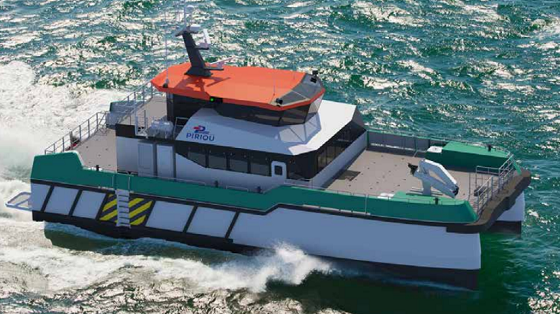
Ecodesign for Capella is still in an experimentation phase.
Please fill out this form to apply for our Early Adopters Program and gain access to this new product: